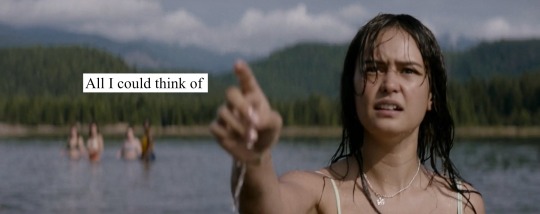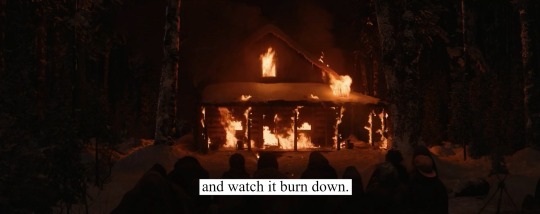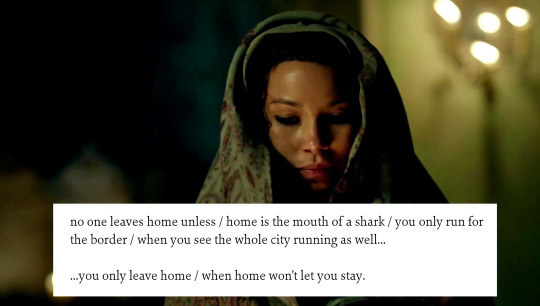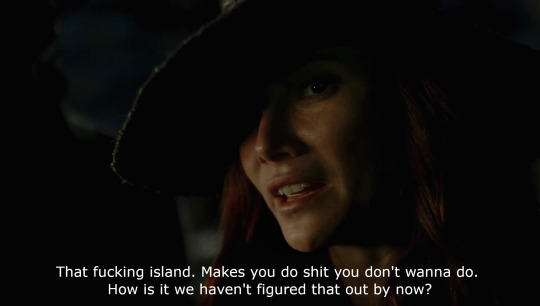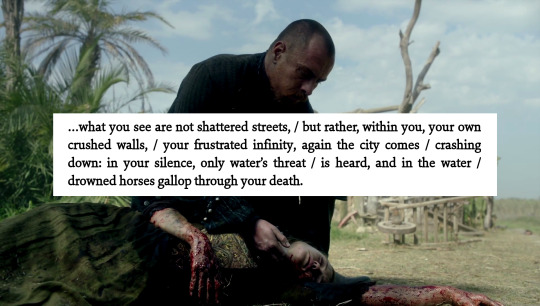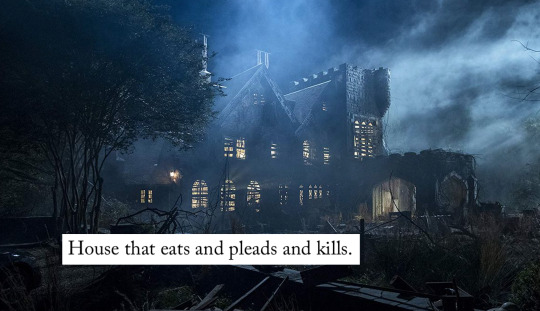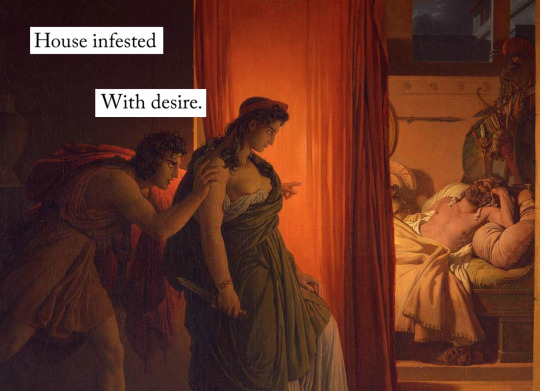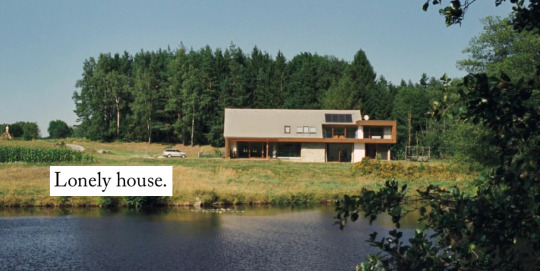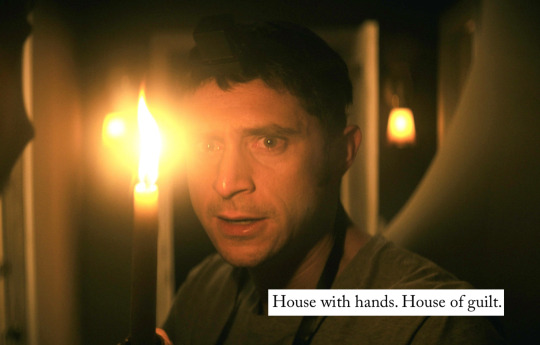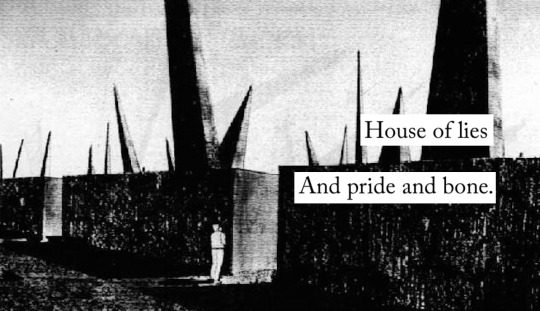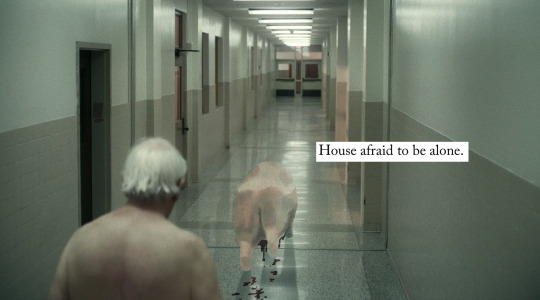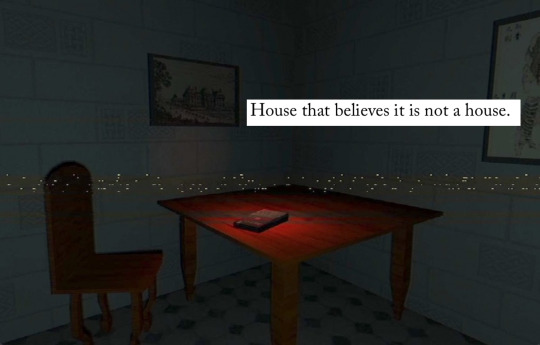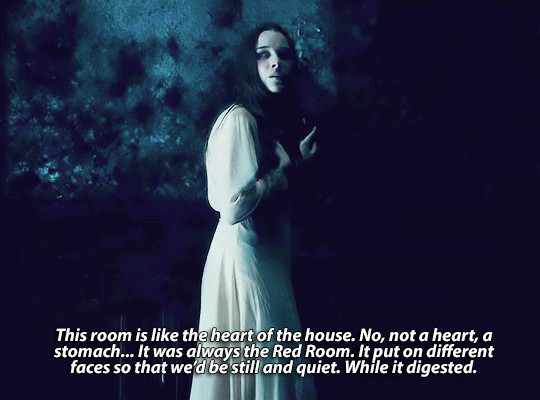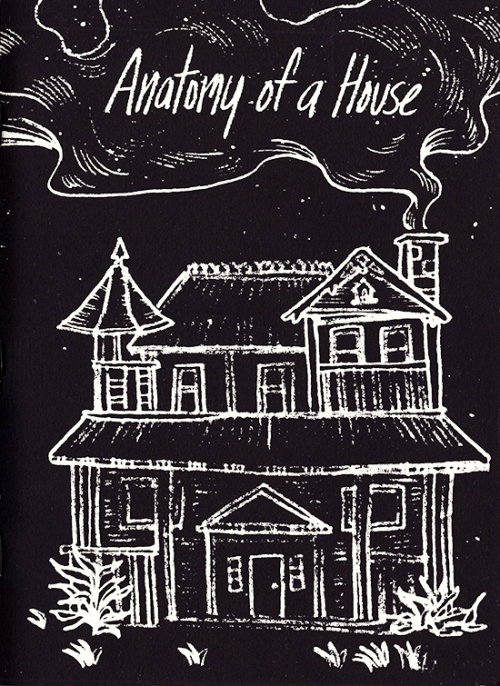(this page is best viewed on desktop!)

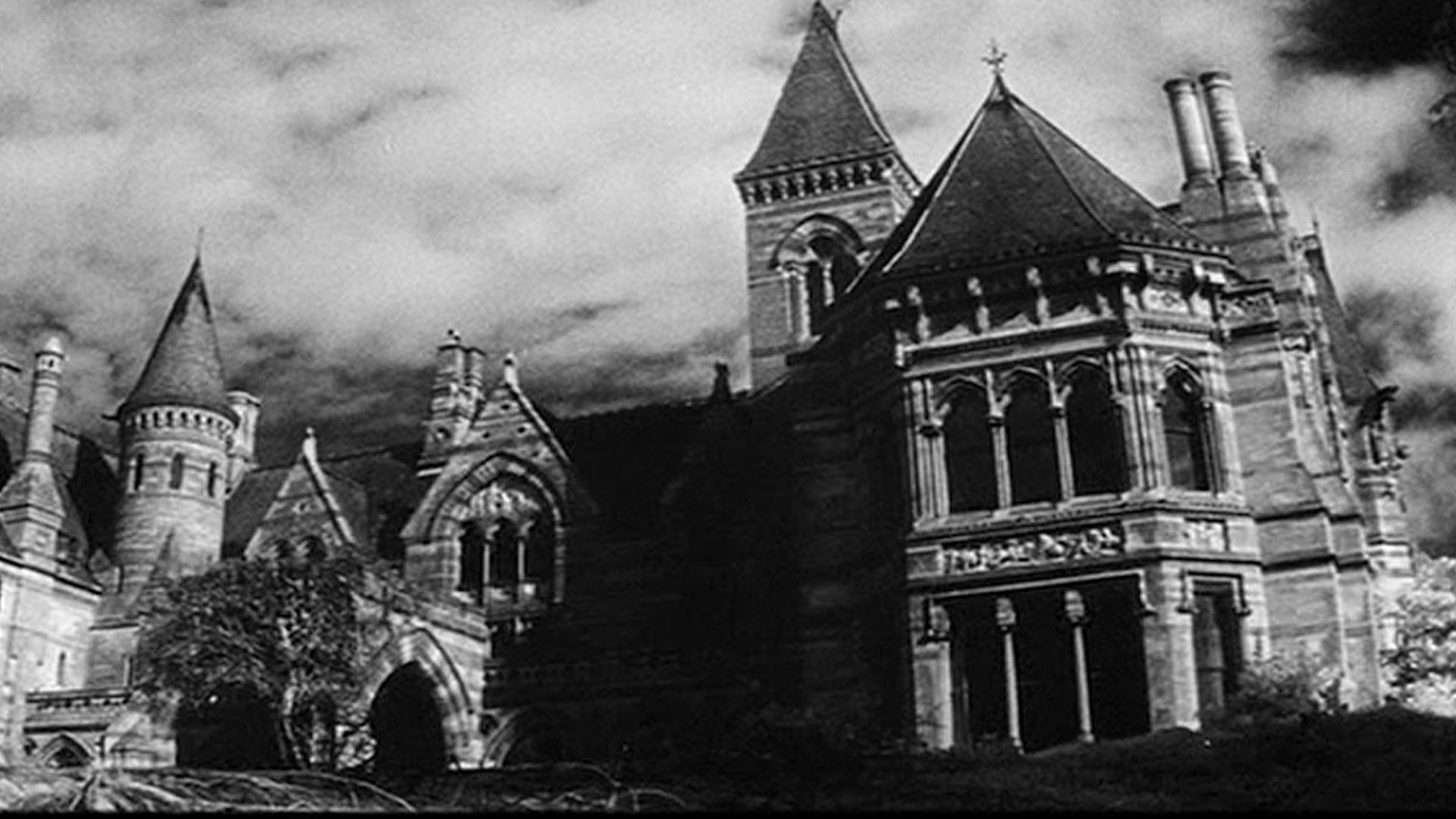
shirley jackson, the haunting of hill house

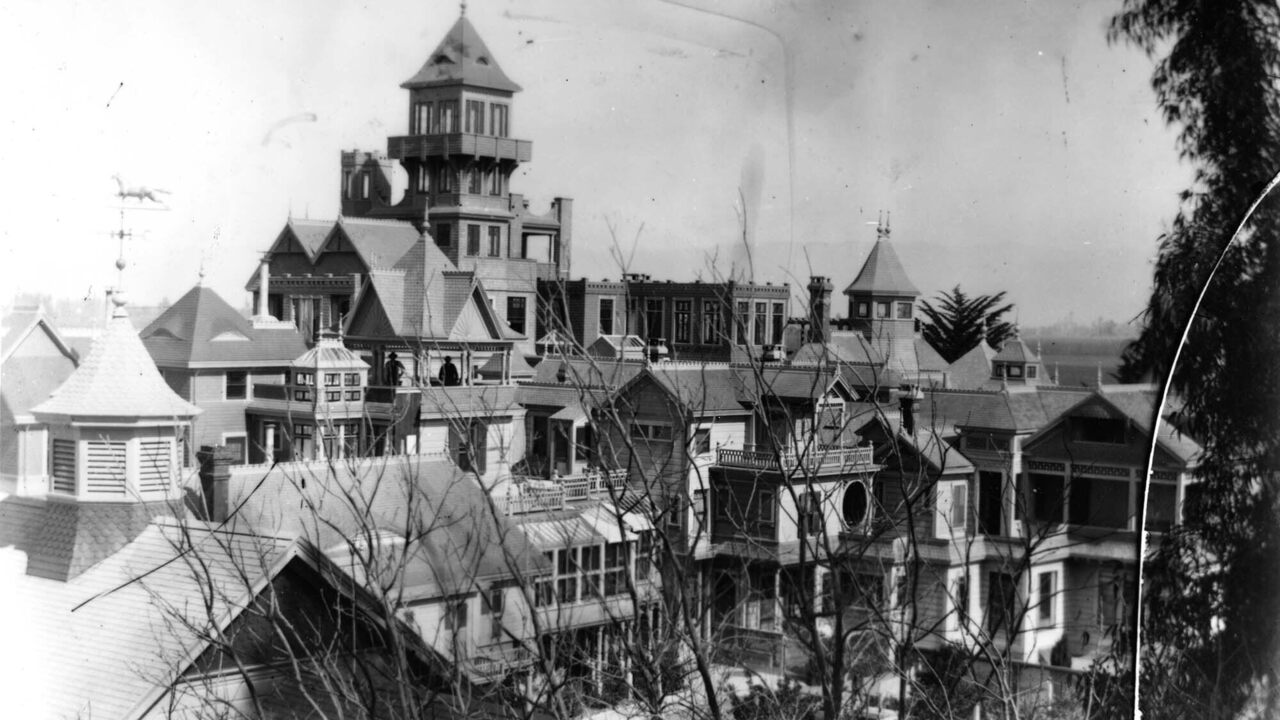
Photograph of the Winchester Mystery House before the 1906 Earthquake
[All Photos: Courtesy Winchester Mystery House]

Floor plan of the Winchester Mystery Mansion [x]

MARTIN
You know, I’ve wandered around all these rooms, and – they all just make me feel alone.
They scare me.
Even when I find someone else, I feel alone. Did I tell you?
I – found someone else, wandering around. They were all – thin and grey. Faded. Like they’d been here for ages. I think they’d been – crying, but it’s so hard to tell through the fog.
I tried to talk to them, but it was just – just difficult! I asked who they were, and they – looked at me like they had no idea what I was talking about.
“What’s your name?” I said, “Your name? You must have a name!” but they just – shrugged, and I – and – (movement) And they gestured at me. Like they wanted to know my name, and I – th– I couldn’t tell them! I couldn’t remember!
“Is this your house?” I asked, and they said, they said yes. But – then they stopped, and shook their head. And, and then they started to laugh.
Quietly, for a bit, and then they cried. And they wouldn’t stop. I – I –
the magnus archives, episode 170 - recollections

[...] The inhabitant gives the room its purpose. Your actions are mightier than any architect’s intentions.
in the dreamhouse, carmen maria machado
Dream house as haunted mansion
What does it mean for something to be haunted, exactly? You know the formula instinctually: a place is steeped in tragedy. Death, at the very least, but so many terrible things can precede death, and it stands to reason that some of them might accomplish something similar. You spend so much time trembling between the walls of the Dream House, obsessively attuned to the position of her body relative to yours, not sleeping properly, listening for the sound of her footsteps, the way disdain creeps into her voice, staring dead-eyed in disbelief at things you never thought you’d see in your lifetime.
What else does it mean? It means that metaphors abound; that space exists in four dimensions; that if you return somewhere often enough it becomes infused with your energy; that the past never leaves us; that there’s always atmosphere to consider; that you can wound air as cleanly as you can wound flesh.
In this way, the Dream House was a haunted house. You were the sudden, inadvertent occupant of a place where bad things had happened. And then it occurs to you one day, standing in the living room, that you are this house’s ghost: you are the one wandering from room to room with no purpose, gaping at the moving boxes that are never unpacked, never certain what you’re supposed to do. After all, you don’t need to die to leave a mark of psychic pain. If anyone is living in the Dream House now, he or she might be seeing the echo of you.
in the dreamhouse, carmen maria machado
Haunting the Imagination: The Haunted House as a Figure of Dark
Space in American Culture,
by Amanda Bingham Solomon
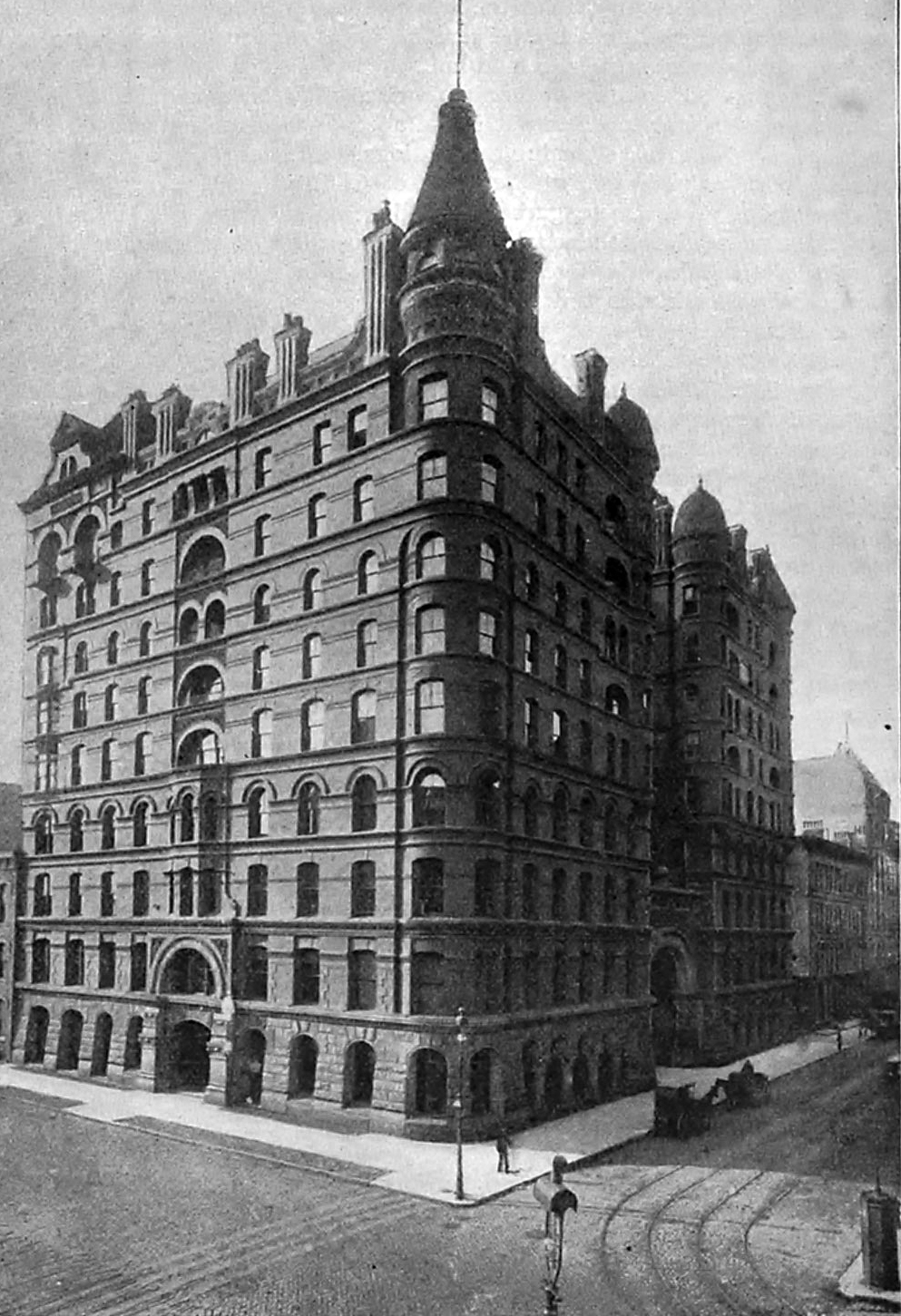
horror in architecture, by joshua comaroff & ong ker-shing

For example, let us examine the living room. Often the dominant space of a house at ground level, as well as typically the center of activity in a well-populated home, the living room is very much the heart of the house. While a human heart circulates blood to oxygenate the body's extremities, the living room circulates people, activity, communication. It is the room most often to be found "beating," as active and vivacious as its name would imply. The comparison is only strengthened when we consider also the living room is most commonly the room to contain the fireplace, making it additionally a locus of actual, physical heat.
It is easy to think of the kitchen and dining room as the stomach or digestive system of the house, though this comparison is tenuous. A contrast: the function in analog of a bathroom should be immediately obvious. The hallways and corridors of a house are its veins, providing circulation coursing throughout its frame. A staircase bears more than a passing resemblance both physically and symbolically to a spine. The windows serve much the same purpose as eyes, and anyone who has rounded a bend or long drive and come suddenly face to face with a tall, dark manor will tell you that it is difficult to shake the impression that the house, through its lightless windows, is a creature capable of vision and intelligence.
The bedroom is perhaps the room that most eludes direct comparison in this fashion. At a stretch, and allowing for a bit of poetic sympathy, it might be said that the bedroom is not unlike the human mind – or those parts of it that dictate thought and imagination. In the bedroom, dreams are dreamt, passions are ignited, epiphanies are experienced in cold sweat at early hours. In the bedroom is where people invariably spend the majority of their time, though comparatively little of it whilst conscious.
And yet this analogy is an incomplete one. Obviously the mind is an exceedingly complex thing, but the bedroom represents the thinking, dreaming part of the brain and it is the basement that represents those lower, unconscious parts. The basement is dark, it is buried. It is a place full of cobwebs where memories are stored. A point of comparison, truly. Often the unnerving uncertainty that comes with considering the deeper aspects of the human psyche is not unlike gazing down at the swimming blackness pooled at the bottom of the basement stairwell. It is a place we spend our childhoods filling with monsters that will lay for years in patient silence. It is a place that, barring some specific errand, we seldom ever want to go.
Of course this comparison, though appropriate, is a very heavy-handed one. Often the basement is little more than a storage space, littered with the corpses of spiders and woodlice. While poets and psychoanalysts no doubt dread the thought of a dark basement, in truth it is the bedroom, the waking mind, that place of dreams, which is actually the most frightening of all.
It is here, in the bedroom, that we are at our most vulnerable. Each night we shut our senses to the world for hours at a time, trusting in the house to keep us safe until next we wake. In this state of extreme vulnerability we will spend something like twenty percent of our lives. Anything might stand beside us, watch us, keep us company until dawn and we would never perceive it. We can only pray that the house will not let such things carry on while we sleep. In this way, during these hours, the bedroom seems less like a mind and more like a mouth. For it is here that the house is most likely to betray us. It is here that we place ourselves most at the house's mercy and spend each night hoping that it will not bite down.
anatomy, kitty horrorshow

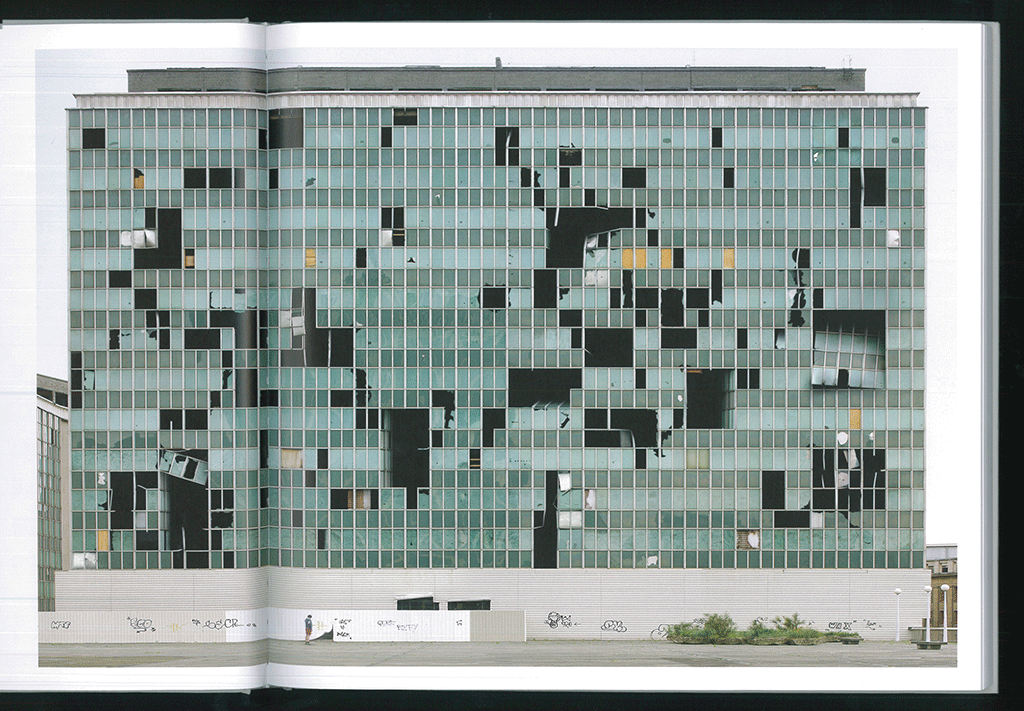
filip dujardin, from the series fictions
horror in architecture, by joshua comaroff & ong ker-shing

it (2017)
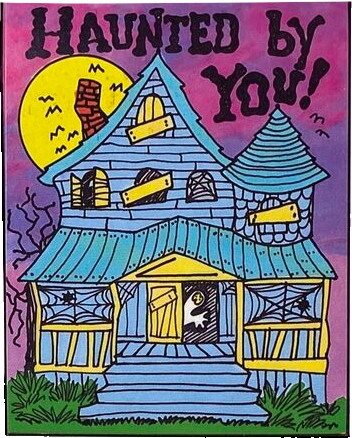


dark places: the haunted house on film, by barry curtis
/cdn.vox-cdn.com/uploads/chorus_image/image/72315728/Yellowjackets_209_0867_R.0.jpg)
VAN:
What about something you haven't heard before? Once upon a time, there was a place called the wilderness. It was beautiful and full of life, but it was also lonely and violent and misunderstood. So, one day, the wilderness built a house. It waited. Summers came. Winters came...
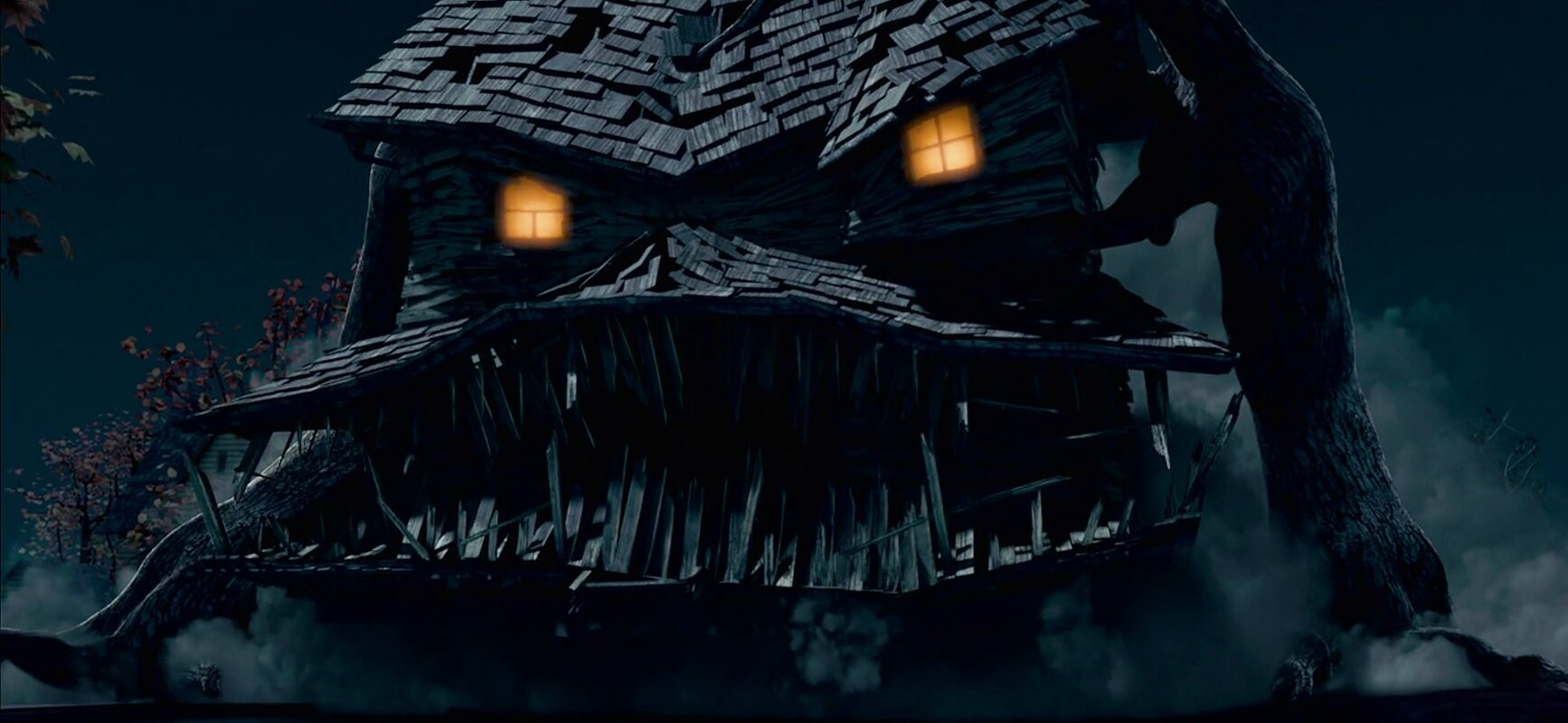
monster house (2006)
1) digest you
2) sort of partially digest you, 'hollow you out' as Mark would say, and make you a subserviant tool to obey the house
Why would it need us like that? Again, two options spring to mind:
1) self-preservation
2) appetite



Mabel (Podcast) Episode 23: The Bull in the Maze

ARCHIVIST (STATEMENT?)
There, within the thing that pretends to be a cabin, is the one you love. You hold each other –
[Creak.]
– whisper words of reassurance, but the place knows this comfort to be a lie, and laces upon it instead the awful fear of losing what you have.[The safehouse is now creaking continuously over his words.]
Of it being stripped away by the chaos that waits for you beyond the walls.Hold each other, it croons. Be happy. But know always that this happiness is a lie, built on the squirming bones of those whose suffering you have caused.
It will not let you feel the warmth and joy that this love may claim to gift. (lower) It is only a moldy treasure to be clung to. Something to fear the loss of as you hold it so tight that it withers and warps.
It is a rotten sanctuary of lonely companionship.
[...]
Stay within my false defenses, cling so close to what you desperately wish to save, and live in shaking fear of the things beyond that may take it from you. Throw another log on the fire and curl up close. There are always more logs for the fire here.
This is your home, and here you can be safe, as you putrefy, body and soul.
This place wishes to be our tomb.
the magnus archives, episode 162: a cozy cabin
